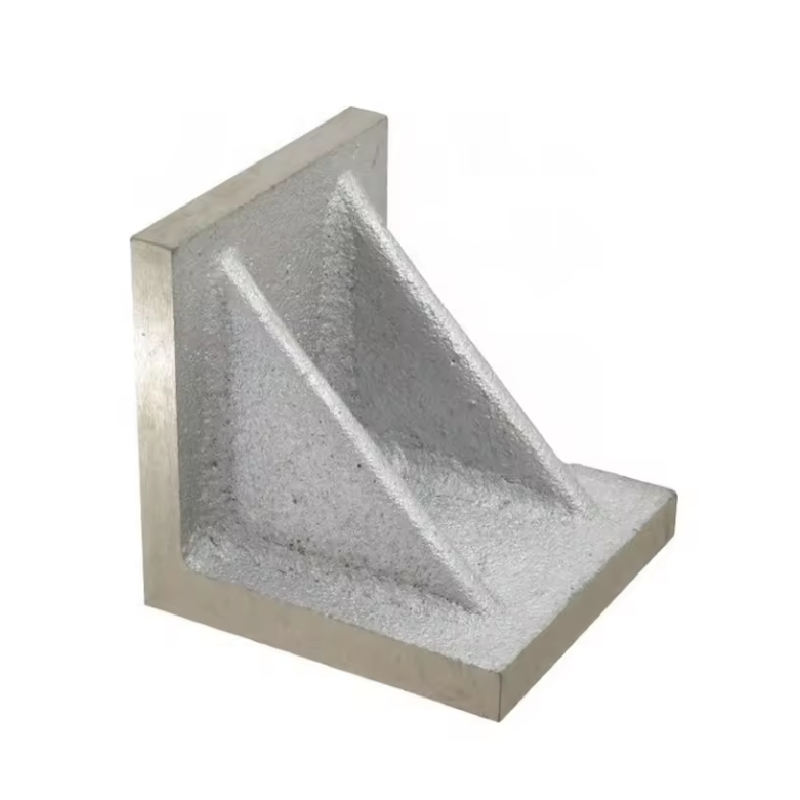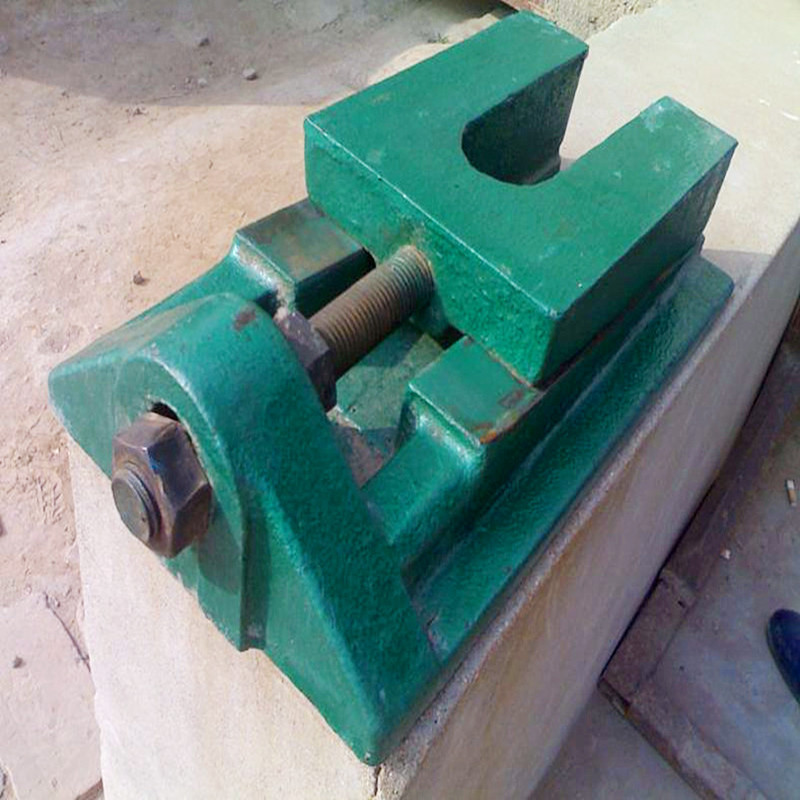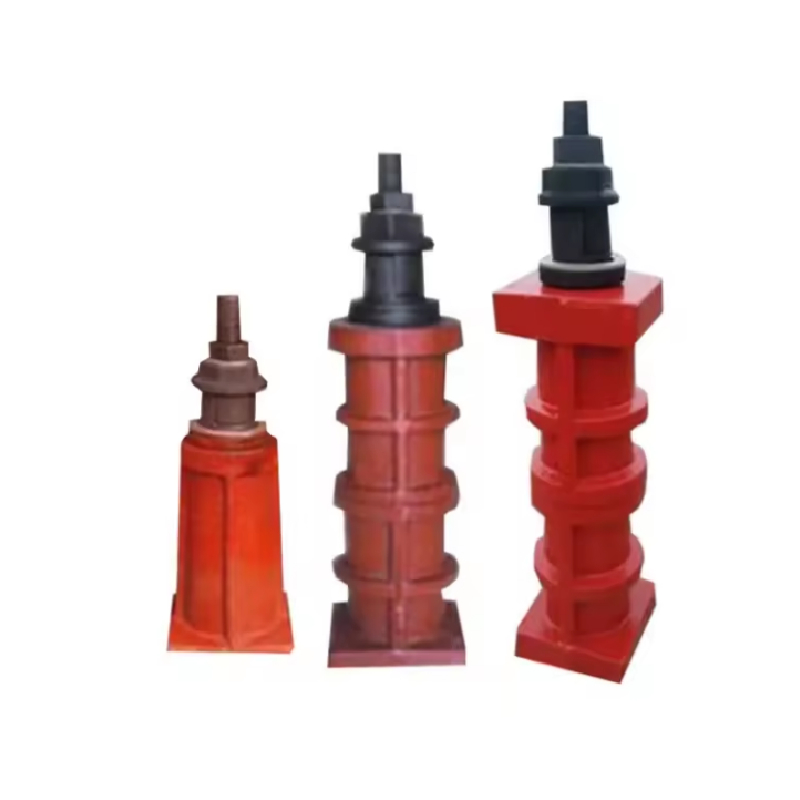Jul . 09, 2025 12:07 Ku laabo liiska
Type of Strainer Maintenance Tips for Longevity
Proper maintenance is essential for maximizing the lifespan and performance of different types of strainer systems. Whether you're using a standard type of strainer or specialized Y type strainer, these maintenance practices will ensure optimal filtration and system protection.
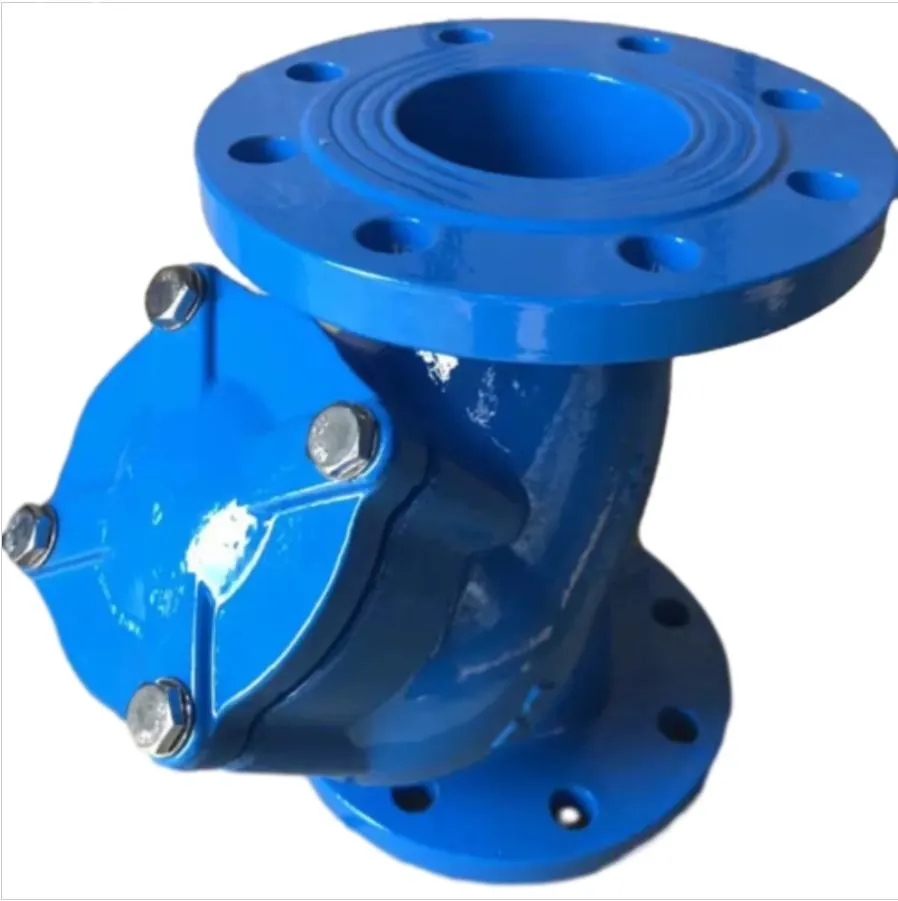
Routine Cleaning for Types of Strainer
- All types of strainer require regular cleaning to prevent clogging and maintain flow efficiency.
• The type of strainerbasket should be removed and cleaned according to manufacturer-recommended intervals.
• For Y type strainer models, the lower flange cover allows easy access for debris removal.
• High-pressure water or specialized cleaning tools may be needed for stubborn deposits in certain types of strainer.
• Always isolate and depressurize the system before cleaning any type of strainer for safety.
|
Type: |
Ductile Iron Y Strainer |
Port Size: |
DN150 |
|
Material: |
QT450 |
Media: |
Water |
|
Work Temperature: |
-5°c ~ 85°c |
|
|
|
High Light: |
Cast Iron flanged y type strainer DN150 flanged y type strainer PN10 Y Strainer Valves |
||
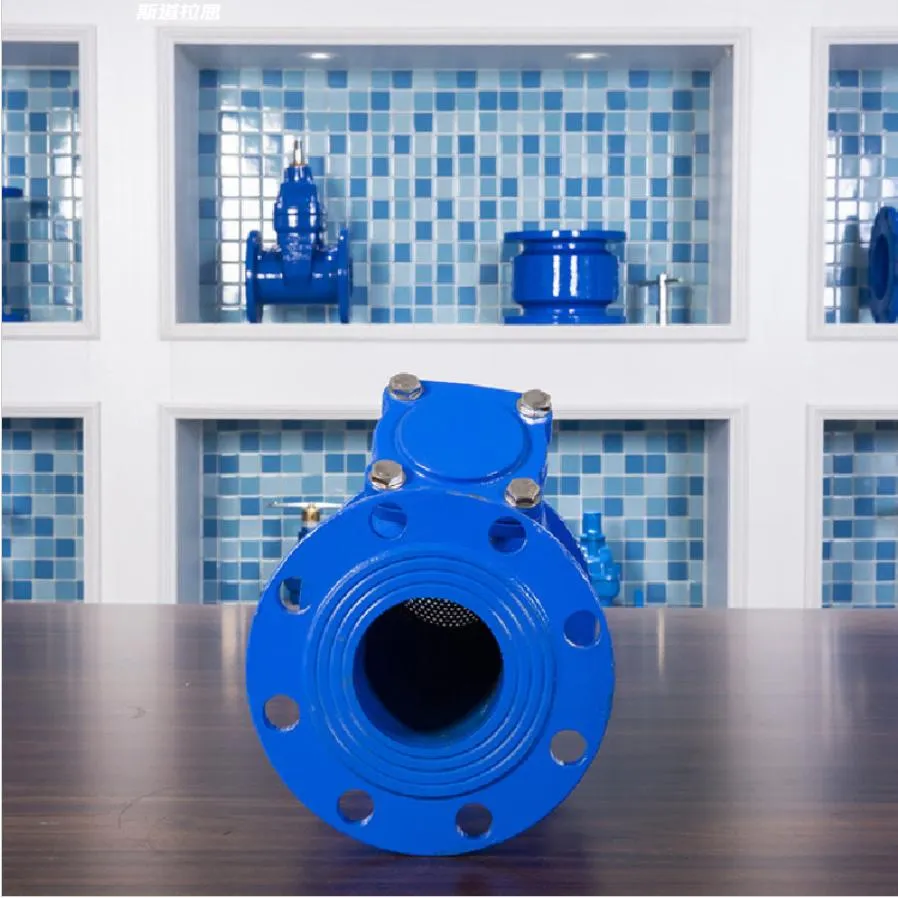
Inspection Procedures for Y Type Strainer
- The Y type strainerbody should be inspected for cracks, corrosion, or leaks during maintenance.
• All types of strainerrequire examination of the mesh screen for tears, holes, or deformation.
• Check gaskets and seals on your type of strainer during each maintenance cycle.
• The Y type strainer flange connections should be inspected for proper alignment and tightness.
• Document inspection findings for all types of strainer to track performance over time.
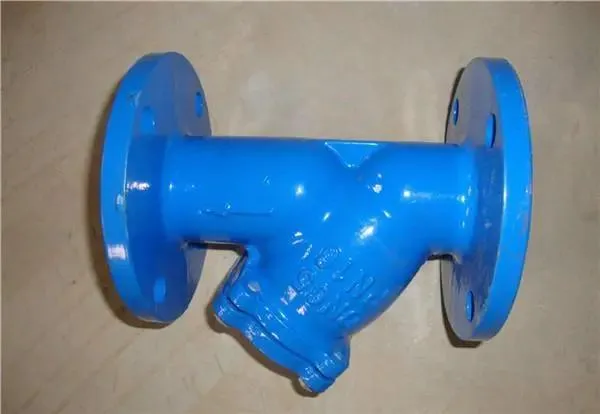
Mesh Maintenance Across Types of Strainer
- The mesh size in your type of strainershould match the application (water: 18-30 mesh, gas: 10-100 mesh, oil: 100-480 mesh).
• For Y type strainerunits, verify mesh integrity by holding it up to light after cleaning.
• Consider upgrading the mesh material in certain types of strainer for corrosive applications.
• Keep spare mesh baskets for critical type of strainer installations to minimize downtime.
• The Y type strainer cylindrical basket design provides strength but still requires careful handling.
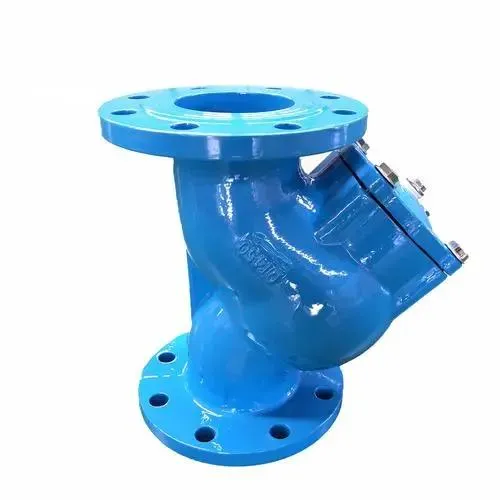
Preventive Maintenance for Types of Strainer
- Establish a schedule for each type of strainerbased on operating hours or flow volume.
• The Y type strainerdesign allows for easier maintenance but still requires regular attention.
• Lubricate moving parts on automatic types of strainer according to manufacturer specifications.
• Maintain proper spare parts inventory for your specific type of strainer models.
• Consider installing pressure gauges upstream/downstream of Y type strainer units to monitor performance.
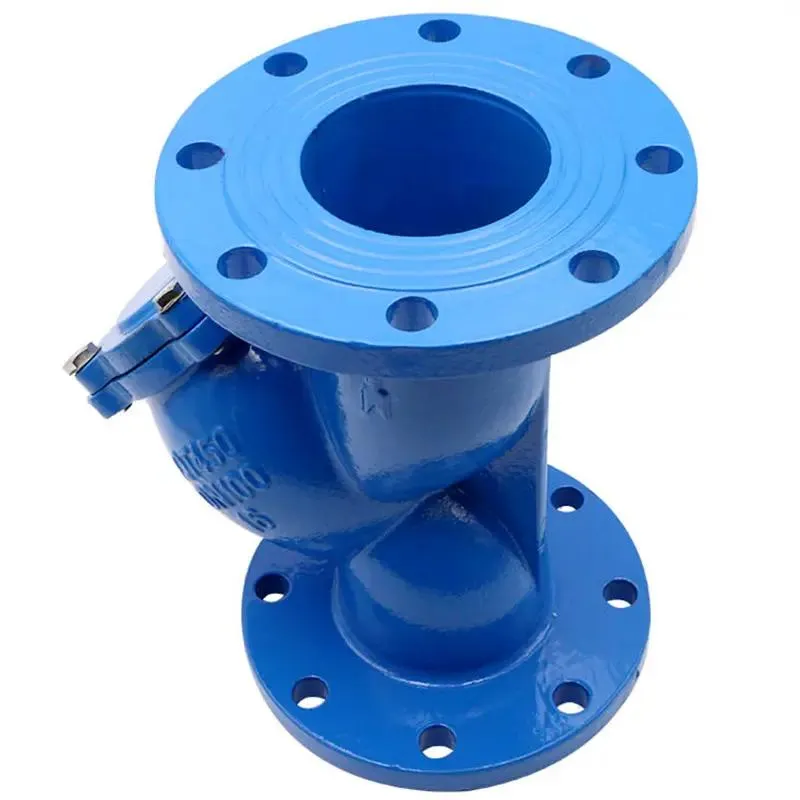
Troubleshooting Common Types of Strainer Issues
- Reduced flow through your type of strainertypically indicates clogging requiring cleaning.
• The Y type strainermay develop leaks at the flange if gaskets are worn or improperly installed.
• Unusual vibrations in certain types of strainer may signal cavitation or flow issues.
• Metal type of strainer components may require corrosion protection in harsh environments.
• The Y type strainer design minimizes pressure drop but still needs monitoring for restrictions.
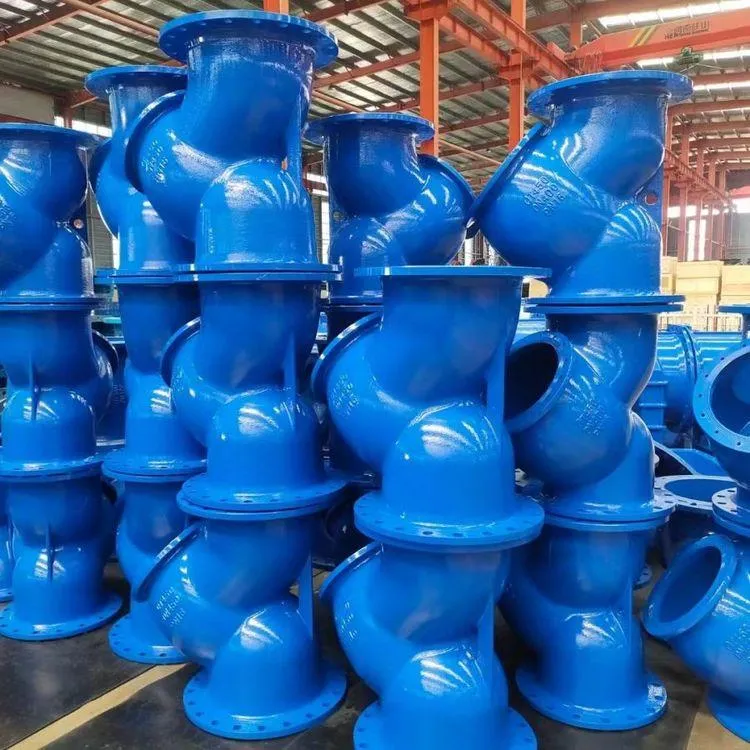
Types of Strainer FAQS
Q: How does a Y Type Strainer differ from other types of strainer in industrial applications?
A: A Nooca miiraha stands out among types of strainer due to its Y-shaped body, which allows for easy installation and debris removal. Unlike basket strainers, it features a conical screen that captures particles without causing excessive pressure drop, making it ideal for pipelines where space is limited or quick maintenance is needed.
Q: What materials are commonly used in manufacturing various types of strainer, including Y Type Strainer?
A: Types of strainer are typically made from stainless steel, cast iron, or bronze, with Nooca miiraha often using corrosion-resistant alloys for durability. The choice of material depends on factors like fluid type, temperature, and pressure—for example, stainless steel is preferred for chemical applications, while cast iron suits water systems.
Q: How do maintenance requirements vary between Y Type Strainer and other types of stainer?
A: Maintenance for a Nooca miiraha involves periodic cleaning of its conical screen, which is accessible via a removable cap. In contrast, some types of stainer (like duplex strainers) have dual baskets for continuous operation during cleaning. The Y-type design simplifies maintenance but may require more frequent checks in high-debris environments.
Q: Can a Y Type Strainer be used in place of other types of strainer for high-viscosity fluids?
A: While Nooca miiraha works well for moderate-viscosity fluids, high-viscosity applications (like oil) may require specialized types of strainer with larger openings or self-cleaning features. The Y-shape can cause increased pressure drop with thick fluids, so engineers often opt for basket strainers or duplex models to balance filtration efficiency and flow rate.
Q: What industry standards apply to different types of strainer, including Y Type Strainer?
A: Types of strainer must comply with standards like ASME B16.5 for flanged connections or API 605 for large-diameter strainers. A Nooca miiraha specifically adheres to dimensions and pressure ratings outlined in MSS SP-116, ensuring compatibility with pipelines and safety in industrial use. Always check standards based on the application’s regional and technical requirements.
Step into the world of Storaen (Cangzhou) International Trading Co., where manufacturing meets mastery! Hailing from Botou, China’s industrial epicenter, we're not just a company—we're architects of precision. Our diverse portfolio, from robust cast iron welding platforms to intricate measuring tools and reliable valves, is a testament to our commitment to quality.
Think of us as the alchemists of industry, transforming raw materials into products that redefine durability. Our strategic location fuels our innovation, while our dedication to sustainability paves the way for a greener future. At Storaen, we don’t just meet expectations—we shatter them. Join us at www.strmachinery.com and discover industrial solutions that are truly in a league of their own.
-
thread-plug-gauge-our-promise-of-measurement-excellenceWararkaAug.22,2025
-
gauge-pin-class-reflecting-quality-legacyWararkaAug.22,2025
-
check-valve-types-for-high-rise-buildingsWararkaAug.22,2025
-
water-control-valve-for-irrigation-systemsWararkaAug.22,2025
-
gate-valve-with-soft-seal-technologyWararkaAug.22,2025
-
y-type-strainer-for-oil-and-gas-applicationsWararkaAug.22,2025
Alaabooyinka La Xiriira




